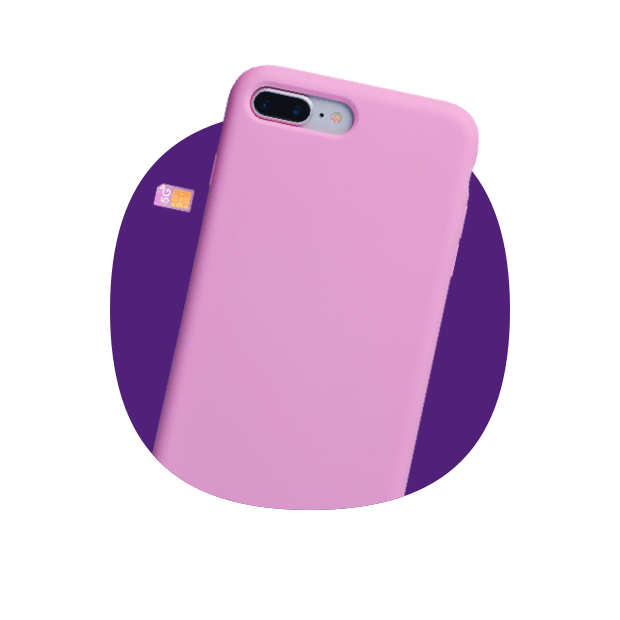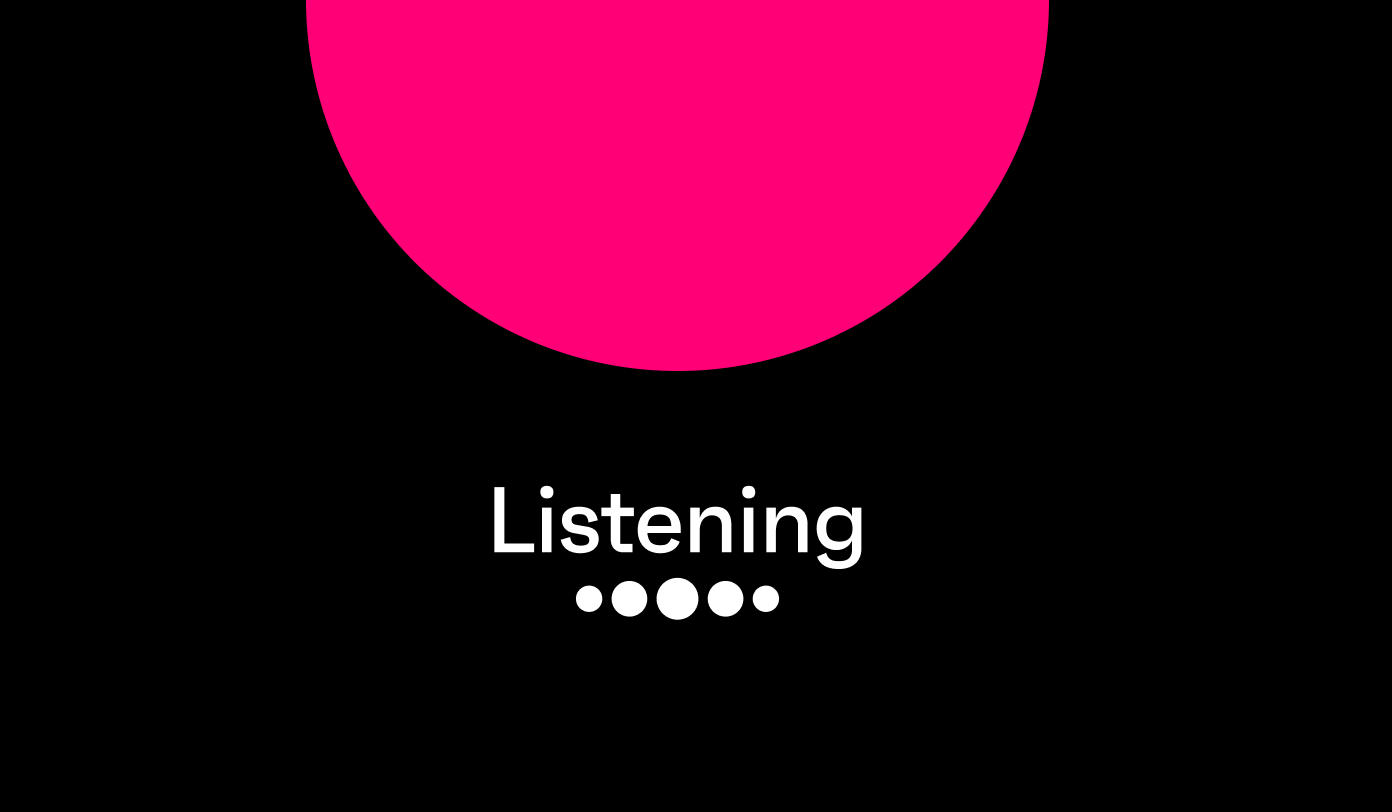When influencers first burst on the scene it was all about selling products. But as consumer trends evolve, influencers have taken on more diverse roles, and with that, they’re attracting new audiences. So let’s have a look at how influencer marketing is changing:
- Influencers’ role has evolved
- As a group, influencer followers are maturing
- The lines between influencer, creator, and professional are blurred
- Most creators won’t work with a brand unless it feels right
- Content preferences are changing
- People want a balanced view of products
- Goals are becoming more modest, and content should reflect that
- AI’s entered the chat
What is influencer marketing?
For starters let’s look at what influencer marketing is. In a nutshell, influencer marketing is where brands collaborate with individuals who have a significant following on social media platforms to promote products, services, or campaigns. These influencers have the power to affect the purchasing decisions, and behaviors of others because of their relationship with their audience.
1. Influencers’ role has evolved
First things first when looking at your influencer marketing strategy is how the influencer role has evolved over time. As the media struggles to maintain consumer trust, people have started looking elsewhere for diverse voices, and social’s started to become a go-to place for news.
As many people say they’ve watched, or listened to, political content on social media in the last month as read it (40%), and there’s been an 11% increase in Gen Alpha using social media to keep up with the news in the last year alone.
There’s even been a massive jump in people logging onto TikTok to keep up with news and current events. And a lot of this can be put down to influencers offering unique takes on what’s happening. More social media users now say they follow news influencers than fashion ones, proving that influencer marketing isn’t just about selling products anymore.
2. As a group, influencer followers are maturing
Historically, influencer followers have generally been younger groups, but their average age is on the rise, and this stereotype doesn’t really ring true anymore.

As the average age of influencer followers grows, the industry is no longer just the young influencing the young. This shift has created new opportunities for older influencers to partner with brands, and we’re seeing more diversity among influencers.
This, in turn, expands the opportunities for brands to connect with a broader and more varied audience. By partnering with influencers who resonate with older demographics, brands can craft marketing strategies that are more inclusive and representative of all age groups. This won’t only enhance engagement across a wider audience, but it’s also going to position brands to effectively cater to the needs and preferences of consumers at different life stages.
3. The lines between influencer, creator, and professional are blurred
Today, more Gen Z identify as creators/influencers than healthcare professionals, which shows how much the job market has changed, and how big the talent pool is.
Who brands collaborate with will depend on budget, what they’re looking to sell, and if they’ve got short or long-term goals. For example, an agency working with a new beauty brand could run a cost-effective brand awareness campaign with micro or nano influencers, promoting products and growing their following.
Meanwhile, an agency working with a major luxury brand (and a larger marketing budget) might fancy backing a big name instead, given that more consumers say they most associate high-end products with celebs and Hollywood icons (41%) than fashion influencers and bloggers (34%).
Brands should look to create a ‘scorecard’ for each influencer they’re considering, which dives into things like engagement metrics and the consistency of their messaging, not just their follower count.
4. Most creators won’t work with a brand unless it feels right
When we look at what influencers and content creators prioritize in brand partnerships, two key themes emerge: they want to feel valued, and they expect brands to listen to feedback.

This highlights how influencers seek brands that respect their ideas and actually work with them, rather than simply dictate terms. For many creators, these partnerships are passion projects, not just about making money.
Consumers can spot a genuine collab too – they’ll quickly sense if it lacks authenticity, and they really care that influencers know their stuff and they’ve got some authority on that area.
For brands, this means forging partnerships that magnify a creator’s passions, and help them cater to the interests of their audience. Successful collabs will be built on respect, transparency, and open communication, taking into account ongoing feedback to refine and improve the partnership.
5. Content preferences are changing
Another thing to consider when looking at your influencer marketing strategy is that video matters more than it used to, and content is becoming less about delivering the ‘perfect’ post.
Our USA data has been bang on the money when it comes to digging into the reasons behind this. Since 2020, more and more people are consuming viral and funny clips on social media, to the point where it’s set to overtake the number of people looking at updates and posts from family or friends.

If we focus on followers of influencers or content creators, we can see that the number of people who’ve consumed viral or funny content on social media in the last month has already surpassed the number who’ve consumed updates from family and friends.
Not only does this tell us that video content is gaining popularity and is already very popular among influencer followers, but that people are logging onto social because they want to be entertained.
Influencer followers are 30% more likely than the average consumer to say they want ads to be entertaining, so instead of striving for perfection in every post, brands collaborating with influencers should focus more on being raw and light-hearted to capture the attention of their target audience.
6. People want a balanced view of products
While influencer marketing is a powerful strategy, only 29% of consumers say they trust product and brand recommendations made by social media influencers – so clout alone won’t convince consumers to buy.
Consumers consider value for money and brand reputation first, but they also consider the trustworthiness of the influencer when making purchase decisions. So, an influencer’s credibility matters a whole lot, especially in industries like haircare, skincare, and makeup.
Demonstrations and honest reviews that highlight both the strengths and weaknesses of a product can inspire trust, making consumers more likely to rely on these recommendations.
People are just as motivated to buy a product when they’ve seen an influencer use it, as they are by the influencer’s expertise. Also, there’s demand for influencers to compare a product or service to others in the market, rather than do nothing but talk about how incredible a product is. Influencers need to share the genuine strengths and weaknesses of a product – otherwise it’ll sound too good to be true.
7. Goals are becoming more modest, and content should reflect that
As more US Gen Z experience stress, their goals have become more modest. In mid-2020, 35% said being financially secure was one of their top aspirations; today it’s 44%. The number who say they want to make a difference in the world has also dropped 32% in that timeframe.
As a result, many will be wanting recommendations for affordable holidays, rather than celebrities and influencers showing off their private jets and luxury villas.
Less than 1 in 10 people in the US/UK find people like Kylie Jenner and David Beckham ‘relatable’. While partnerships with them may land among aspirational groups, you’d need to profile your audience to make sure that fits with what they want to see, their stage in life, and their ambitions.
8. AI’s entered the chat
AI influencers might have some content creators freaking out, but 51% are excited about the technology.
Still, there’ll need to be transparency around posting what’s been created using AI, given that 82% of consumers say AI-generated content should be labeled as such, and only 3 in 10 feel it’s appropriate for AI to be used to write social media posts.
In a bid to address concerns, Snap now plans to add watermarks to images created with its AI-powered tools, so creators should be educated on how to use these in line with their audience’s preferences.
It’ll be a slow process, and both brands and their ambassadors will need to be open. But in doing so, they can build trust and maintain credibility with consumers, who are increasingly concerned about the authenticity of what they see online.
To sum up, influencer marketing has come a long way from just product promotion – influencers now play diverse roles, and attract wider audiences. For brands looking to work with influencers, they should seek meaningful collaborations and keep up with changing content preferences so that they can hit the right note and effectively engage with their audiences.
Social media trends: The highlight reel
Check it out





.webp?width=495&height=317&name=pink_thumb_graphs%20(1).webp)
.webp?width=495&height=317&name=pink_thumb_letter%20(2).webp)
